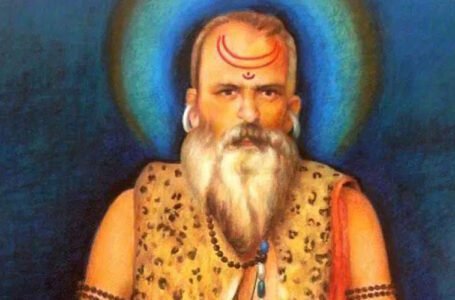Valmiki’s Legacy: Inspiring Generations with the Ramayana
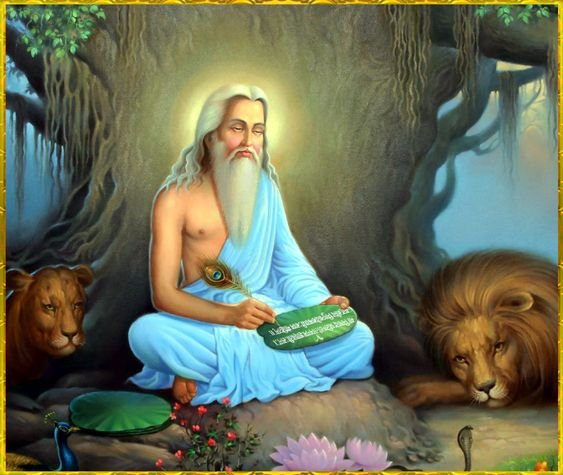
Valmiki, often referred to as the Ādi Kavi or the first poet, occupies a revered place in Hindu mythology and literary history as the traditional author of the epic Ramayana. Born as Agni Sharma to Pracheta, Valmiki’s journey from a sage to a legendary poet encompasses not only the creation of the Ramayana but also the composition of other significant works such as Yoga Vasistha and Valmiki Samhita. His lineage traces back to Rama Mantraraj, as indicated by Govindaraja, highlighting his connection to the ancient lineage of kings and sages.
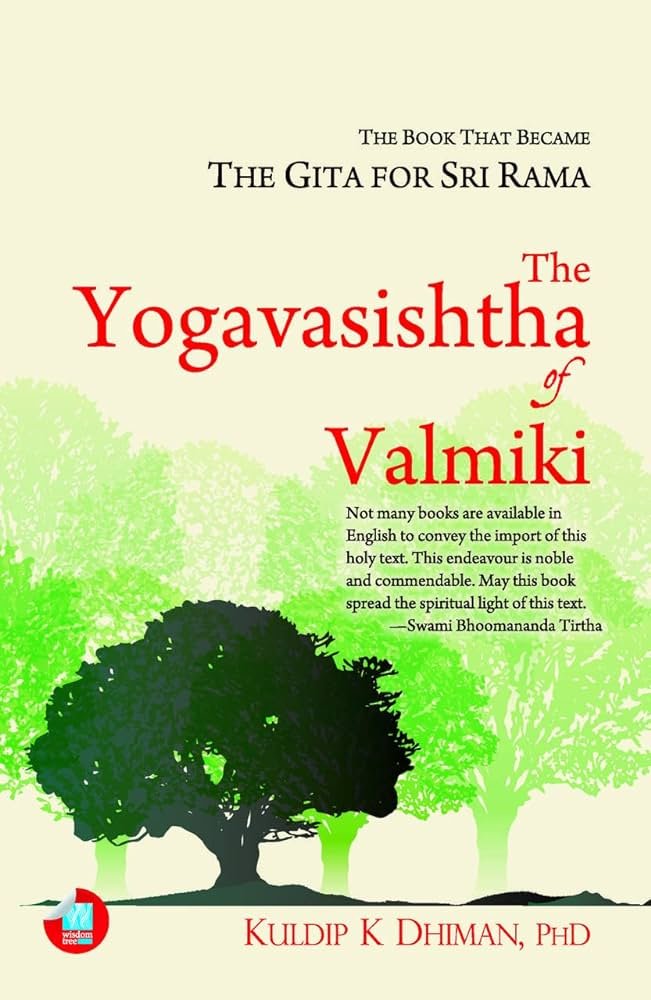
The Ramayana, Valmiki’s magnum opus, stands as one of the greatest epics of Indian literature. Comprising 24,000 shlokas divided into seven cantos, it weaves a rich tapestry of mythology, morality, and human drama. At its core, the Ramayana narrates the timeless tale of Prince Rama of Ayodhya and his beloved wife Sita. The epic follows Rama’s exile, his quest to rescue Sita from the clutches of the demon-king Ravana, and the ultimate triumph of good over evil. Through its vivid characters, intricate plotlines, and philosophical underpinnings, the Ramayana continues to captivate audiences across generations.
Scholars have long debated the origins and composition of the Ramayana, with estimates for its earliest stage ranging from the 8th to the 4th centuries BCE. Later redactions and interpolations extend its textual history up to the 3rd century CE. Despite the uncertainty surrounding its dating, the Ramayana remains a cornerstone of Indian literary heritage, embodying the cultural ethos and spiritual wisdom of ancient India.
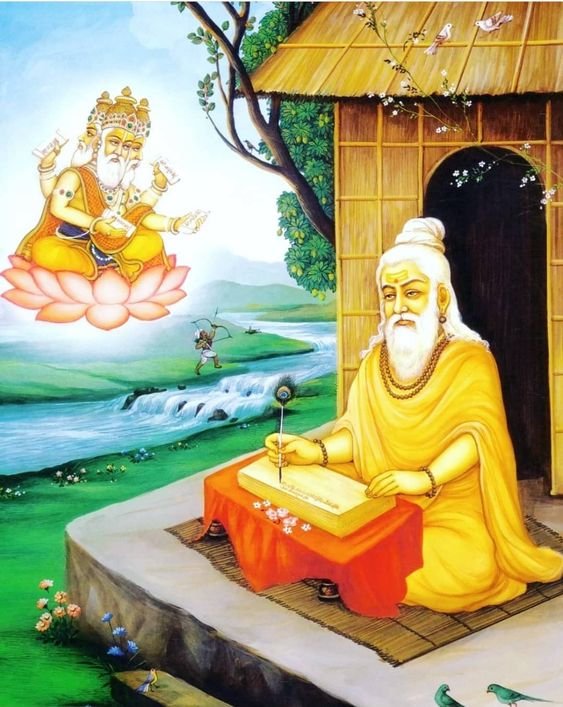
Valmiki’s influence beyond the Ramayana
Valmiki’s literary genius transcends the boundaries of time and space. British satirist Aubrey Menen aptly recognized Valmiki as a literary genius, attributing his outlaw status to his philosophical skepticism. Valmiki’s portrayal of characters and situations reflects a deep understanding of human nature and existential dilemmas, making him a luminary of Indian literature.
Beyond his role as a poet, Valmiki is revered as a sage and spiritual guide. He is credited as the guru of Lava and Kusha, the sons of Rama and Sita, who played pivotal roles in preserving and disseminating the epic tradition. In addition, Valmiki is honored as an avatar of Brahma, symbolizing his divine inspiration and connection to the cosmic order.
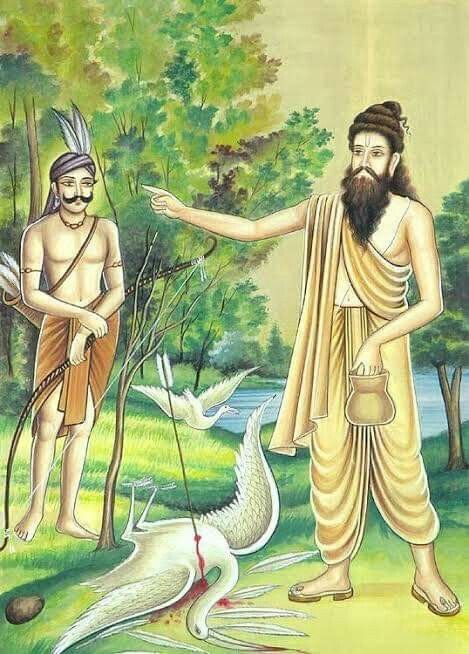
The legacy of Valmiki extends beyond the realm of literature. His teachings form the basis of the Dharmic movement known as Valmikism, which emphasizes the principles of righteousness, compassion, and self-realization. Valmiki’s timeless wisdom continues to inspire seekers on the path of spiritual enlightenment, resonating with humanity’s perennial quest for truth and meaning.
Valmiki’s contributions to literature, philosophy, and spirituality are immeasurable. As the Ādi Kavi and the author of the Ramayana, he occupies a unique position in the pantheon of Hindu sages and poets. His enduring legacy serves as a beacon of wisdom and inspiration for generations to come, embodying the eternal truths of dharma and the human spirit.
Legends and myths surrounding the revered sage
Valmiki’s transformation from Agni Sharma to the revered sage Valmiki is steeped in legend and myth. According to one account, he encountered the sage Narada, whose teachings inspired him to embark on a path of penance. Initially chanting the word “Mara,” meaning “die,” Agni Sharma’s devotion over years transformed the word into “Rama,” the name of the god Vishnu. As he immersed himself in penance, anthills grew around him, earning him the name Valmiki. Under Narada’s guidance, Valmiki delved into scriptures and ascetic practices, eventually becoming a revered sage.
Another legend surrounding Valmiki’s past suggests a more tumultuous journey. Born as Lohajangha, a Brahmin devoted to his family, he resorted to thievery during a prolonged drought in the region of Anarta to feed his starving loved ones. His encounters with the seven sages, or the Saptarishi, during his criminal activities led to a transformative moment. Despite attempting to rob them, the sages, moved by compassion, imparted wisdom to him. Pulaha, one of the sages, bestowed upon him a mantra for meditation. Engrossed in its recitation, Lohajangha underwent a profound spiritual experience, with anthills forming around his body. Upon their return, the sages blessed him, prophesying that he would be renowned as Valmiki, derived from the term “Valmīka,” referring to an anthill, symbolizing his spiritual evolution.

These legends surrounding Valmiki’s origins underscore themes of redemption, transformation, and divine grace. Whether through his devotion and penance or his encounter with the enlightened sages, Valmiki’s journey from a mere mortal to a revered sage exemplifies the power of spiritual awakening and the potential for inner growth and enlightenment.
According to legend, during the Mahabharata era, Valmiki visited Yudhisthira and extolled the virtues of worshipping Lord Shiva. Despite facing curses and accusations, Valmiki found redemption through prayers to Shiva, emphasizing the power of devotion and repentance.
In the Vishnudharmottara Purana, it is mentioned that Valmiki, born in the Treta Yuga, was an incarnation of Brahma and composed the Ramayana. He was later reincarnated as Tulsidas, who authored the Ramcharitamanas. The birth anniversary of Valmiki, celebrated on the full moon day of the Hindu month of Ashvin, known as Pargat Diwas or Valmiki Jayanti, is a significant festival for the Balmiki sect of Hinduism.

Conclusion
Valmiki’s profound impact on Indian culture and spirituality is immeasurable, as his timeless epic, the Ramayana, continues to shape the moral fabric of society. As the revered sage who authored this revered scripture, Valmiki’s teachings resonate with children across India, who grow up listening to the epic tales of Rama, Sita, and Hanuman. Through these narratives, children learn timeless lessons of righteousness, compassion, and devotion, instilling in them a deep sense of moral values and cultural identity.
Valmiki’s legacy extends beyond the pages of the Ramayana, as he is venerated as a patron saint by the Balmiki sect of Hinduism. His birth anniversary, celebrated as Valmiki Jayanti, serves as a reminder of his divine presence and spiritual guidance. The numerous temples dedicated to him across India stand as testament to his revered status in Hindu mythology.
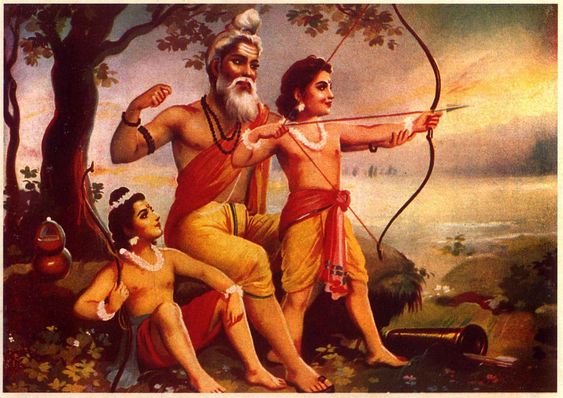
In every corner of the country, from the temples of Tamil Nadu to the ancient sites of Uttar Pradesh, Valmiki’s influence is palpable, inspiring devotees and scholars alike. His teachings transcend time and space, offering solace and wisdom to all who seek spiritual enlightenment. As children grow up hearing the epic tales of Valmiki’s Ramayana, they inherit a rich cultural heritage that serves as a guiding light on their journey through life.


